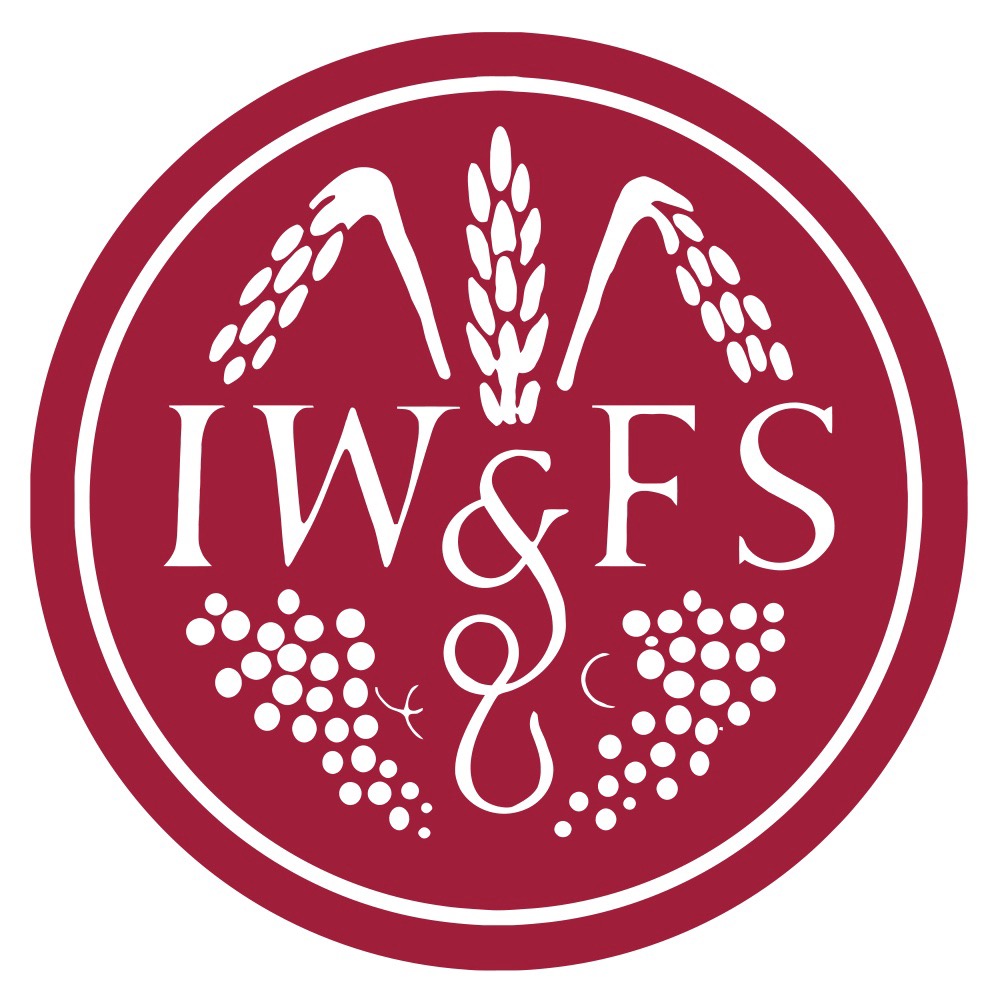While Italy was roiled by allegations of fake Prosecco and contraband grapes, the European Union has adopted a new wine-labeling law
Which do you want to hear first: the good news or the bad?
I figured.
Amid the December holiday season, the Italian state-owned television station Rai 3 dropped something of a wine bomblet.
The investigative show Report explored secrets of the Italian wine world. The most significant among the accusations of fraud involved trafficking grapes grown in sun-splashed Puglia to the northern region of Veneto to make wine bearing its appellations—which is illegal under Italy’s D.O.C. regulations.
Going undercover, the lead “Report” reporter revealed an organized system of Puglia growers and middlemen who clandestinely sell table grapes to northern Italian wine producers.
The show alleged that table grapes, which cost a fraction of wine grapes, are used by some northern producers to plump up their production—particularly, say, in disastrous harvests like that of 2023. “Report” also accused a Prosecco producer of cultivating Glera—the grape of Prosecco—in a 100-plus-acre vineyard it owns in Puglia, which is definitively not part of the Prosecco appellation.
The Veneto is a wine behemoth, Italy’s largest wine-producing region by volume. It produces everything from generic Italian table wine to appellation-designated Pinot Grigio del Veneto, Prosecco and Soave to prestigious red bottlings from Valpolicella, such as Amarone.
Puglia is Italy’s second-largest wine region, but vineyard acreage there is cheaper and its grapes and wines fetch lower prices than those of the north. Given that discrepancy, you can see how unscrupulous operators would be tempted to circumvent the law.
But for those of us who love wine, the whiff of skullduggery leaves a stench.
What Will New EU Wine Label Requirements Change?
The new year brings cause for cheer on the wine transparency front throughout Europe. New laws for labeling wines sold in the European Union require producers and bottlers to list nutritional values and ingredients on the bottle labels.
The regulations fully apply to the 2024 harvest, as well as to any wines produced after Dec. 8, 2023.
While energy [that would be calories in the U.S.] and allergen information must be printed on the back label, ingredients are permitted to be accessed (in multiple languages) online through an electronic code, such as a QR code.
This is a big step, and it will likely affect European labels of wines sold in the U.S. Maybe it will speed up labeling in the U.S., where calorie and ingredient labeling are permitted but not yet required. (Indeed, after announcing proposed rulemaking in 2022, on Jan. 31, the U.S. Alcohol and Tobacco Tax and Trade Bureau scheduled two virtual listening sessions in late February to hear consumer and industry concerns about nutritional, ingredient and allergen labeling.)
Such labeling requirements won’t eliminate fraud, nor will they tell us exactly how every wine is crafted. But they will make more consumers aware of what goes into wine.
I’ve never understood the objections to wine labeling. After all, we want to know what’s in our breakfast cereal. Wine shouldn’t have a special, “don’t-ask-don’t-tell” status when it comes to additives. The QR option eliminates the hassles for a winery of having to change labels annually because of changes in winemaking.
If I’m enjoying a wine, I want to know the origins of that lovely mouthfeel: terroirand technique, or the addition of “natural” gum arabic (aka acacia gum or E414), an emulsifier present in soft drinks and many wines?
The same goes for a wine’s bright acidity and tannic structure. Are they the result of grapes and balanced winemaking, or do they come from powders out of a bag?
I think it’s essential to wine’s future to pull back the curtain of mystique so that wine drinkers can have a look.
Not only that, but the new labels may also make for some interesting reading.
